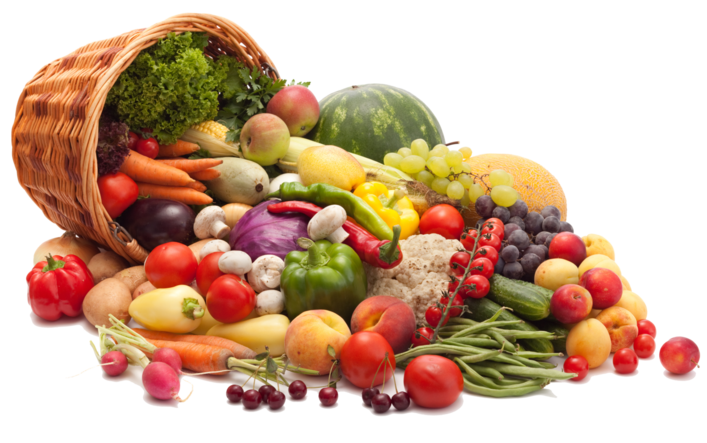Eating healthy does not have to hurt your wallet, it is all about learning strategies to pick the right foods at the right place and the right time. Produce can be pricey, but picking the right markets and being able to analyze the items at the store will help your piggy bank and your health.
Strategy 1: Picking the right store
Going to the local farmers market or going to the nearest Aldi will save money and provide the best deals. Aldi tends to be lower in price due to their sustainability practices and going to the farmers market means that they are locally grown and are generally less expensive.
Strategy 2: Pick produce that is “in season”
“In season” means that the fruit or vegetable was naturally grown and is ripe and available at that certain time. This also means that they are at their best nutritionally and taste the best it can! Being familiar with what is in season can help you save money when purchasing. A great practice to identify the in-season produce is to look at the front of the grocery produce section in the store.
Strategy 3: Be thrifty with produce
When you are in the produce section, there are many different versions of each fruit or vegetable. Take into consideration the “convenience” factors of foods. For example, baby carrots are chopped up to be easier consumed than a large carrot. However, baby carrots cost $1.50 per pound while a bag of regular carrots cost $0.80 per pound. Same goes for apples, and apple slices.
Be aware of bulk purchasing of produce. Purchasing large quantities of produce is cheaper than purchasing individual produce item. Take a look at bulk apples, they are around $3 per bag (~2-4 pounds) and just a pound of apples is around $1.23/pound. Be cautious if you do not have storage space or adequate time to consume the produce due to their shorter shelf life.
Strategy 4: Consider “Canned”
There is no “best” form of produce, they all provide nutrients! There are many canned fruits and vegetables out there, and the trick is to look at labels. Look for “Low-Sodium,” “No salt added,” and especially when looking at canned fruit, locate options that are in water or juice – avoid “syrup”. A lot of the canned options are higher in salt content, but there are low-salt options available. Draining the excess liquid out or rinsing the produce can help decrease the salt content. Finding options without syrup will make sure that there is not an excess amount of sugar added to the fruit. Remember to keep half of your plate fruits or vegetables!
Strategy 5: Be frugal with frozen
Frozen produce is always an option as well. If you choose frozen, just make sure to take a look at the ingredient list and look for any extra ingredients of sugar, fat, or sodium. Make sure the bag is only the frozen produce, and something that can tell otherwise is looking at the sodium content, if the number is in the double-digits – think twice.
Hopefully these tips can help you make smarter choices while you’re in the produce section and can help you save while eating more fruits and vegetables. Aim for 4-5 cups of fruits and vegetables a day, and remember all produce is good produce!
-Taylor Knobloch
Dietetic Intern, OFS
